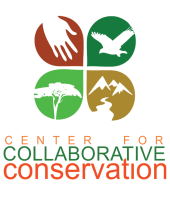
Center for Collaborative Conservation: How To
Resources collected by the Center for Collaborative Conservation that pertain to the basics, building and sustaining partnerships, evaluating collaborations and their impact, diversity, equity and inclusion, stakeholder analysis, facilitation and more.

Collaborative Conservation: Webinars & Trainings
The Center for Collaborative Conservation's webinar and training gallery.
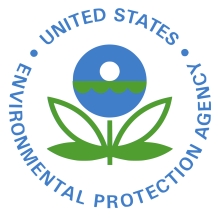
Public Participation Guide: Situation Assessments
This link will take you to a summary of what a situation analysis entails and steps outlining how to do it and what the outcomes should be.

Using a Multidisciplinary Approach to Conduct a Situation Analysis
This guide offers specific exercises for conducting a situation analysis and includes a real example to show how these exercises can be applied on the ground.
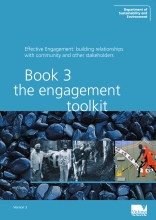
The Engagement Toolkit
This toolkit provides a valuable list of 68 tools for assisting in the planning, implementation, and evaluation of engagement activities. The toolkit offers a broad selection of tools covering the full spectrum of engagement from 'inform' through 'empower.' Every tool is described in detail including objectives, required resources, strengths and weaknesses, and references.
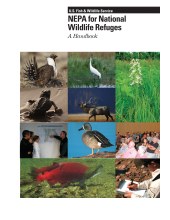
NEPA for National Wildlife Refuges: A Handbook
This handbook was designed to help National Wildlife Refuge System managers complay with NEPA and other federal laws and regulations. The handbook provides an introduction and overview of NEPA, information on where NEPA falls in the decision-making process, guidance on writing NEPA documents, and information on how to use existing environmental analyses in the NEPA process.
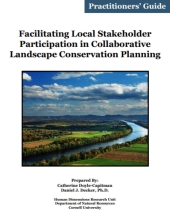
Practitioner's Guide: Facilitating Local Stakeholder Participation in Collaborative Landscape Conservation Planning
This document provides guidance on integrating local stakeholder participation and social data into collaborative landscape conservation (CLC) planning. CLC is a conservation model intended to address geographically broad environmental challenges. The model relies on collaborative decision making among diverse conservation partners that span jurisdictional boundaries.
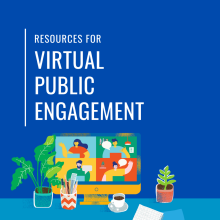
Resources for Virtual Engagement
In this document, the USFWS Human Dimensions Branch shares 18 resources for conducting virtual public and stakeholder engagement, as well as best practices for facilitating virtual meetings.
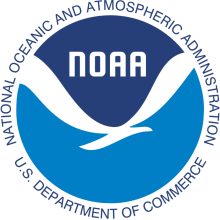
Tips and Tricks for Planning a Virtual Meeting
NOAA's Office for Coastal Management developed this Quick Reference guide for planning virtual meetings. It contains planning considerations, common tools available, common technology challenges, and links to additional resources.
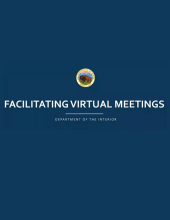
Toolkit: Facilitating Virtual Meetings
This toolkit accompanies the CADR training webinar, Facilitating Virtual Meetings (available to DOI only), but can be used as a stand-alone document.
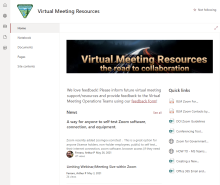
Virtual Meeting Resources
Resources and training for holding virtual meetings, including large public meetings. DOI access only.
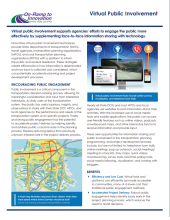
Virtual Public Involvement
Tips from the Federal Highway Administration on how virtual public engagement can enhance information sharing with the public.
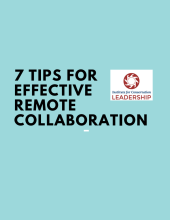
7 Tips for Effective Remote Collaboration
The Institute for Conservation Leadership shares short descriptions of how to conduct effective collaboration in a remote environment.
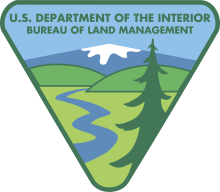
Virtual Public Meetings: A Prequel Case Study
A comprehensive presentation of digital strategies and tools for engaging with the public.
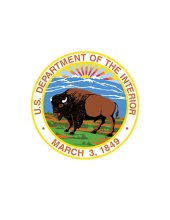
Interim Guidance for National Environmental Policy Act Processes
Public participation and document schedules during COVID-19.
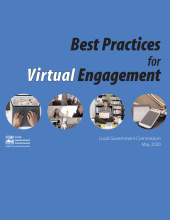
Best Practices for Virtual Engagement
A detailed brochure highlighting best practices when engaging remotely.
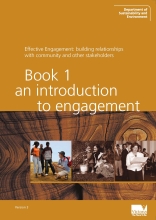
An Introduction to Engagement
This guide outlines the principles and importance of effective community engagement and provides considerations for engaging with culturally and linguistically diverse groups.

Broadening Public Participation Using Online Engagement Tools
Examples and guidance for enhancing public participation outcomes using online tools. Developed for local governments but applicable to state and federal agencies as well.
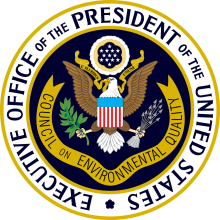
CEQ NEPA.gov
Information on the laws and regulations pertaining to NEPA, specific guidance for implementing NEPA, various resources for getting involved in the NEPA process (Citizen's Guide to NEPA, Collaboration Handbook, working with tribes, etc.), resources to help put NEPA into practice, and CEQ publications and reports.

Collaboration Handbook
The ten core lessons in this handbook from the Institute at Golden Gate span internal capacity building practices, forming new collaborations, and sustaining collaborative initiatives.
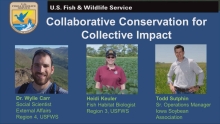
Collaborative Conservation for Collective Impact
In this broadcast produced by the USFWS Human Dimensions Branch and the National Conservation Training Center, we dive into key aspects of collaborative conservation and perspectives from the field from the Fishers and Farmers Partnership and the Iowa Soybean Association.
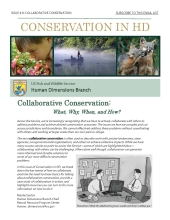
Collaborative Conservation
This USFWS Human Dimensions Branch newsletter shares the tenets of good collaboration, examines the need-to-know basics for talking about collaborative conservation, provides a case study of collaboration in action in the U.S. Fish & Wildlife Service, and highlights additional resources.
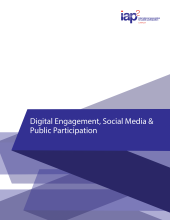
Digital Engagement, Social Media, & Public Participation
This white paper from IAP2 Canada describes the benefits and challenges of using digital tools for public participation. Digital tools are used for public participation because they offer the promise of increasing the convenience of participating, enabling better-informed citizens, reaching diverse audiences over large geographies, sustaining engagement over time, in somewhat customized ways, with reduced costs, and can offer automated analysis which allows for faster decision-making.

EPA Public Participation Guide
These online modules from EPA's comprehensive Public Participation Guide provide accessible training in the fundamentals of public participation.

EPA Public Participation Guide: Better Decisions through Consultation and Collaboration
Public involvement best practices and strategies for EPA staff who are tasked with designing and/or implementing public involvement processes for various EPA activities.

EPA Public Participation Guide: Public Meetings
Provides an overview of what public meetings are, advantages and disadvantages, best practices and resources needed, and other tips for success.
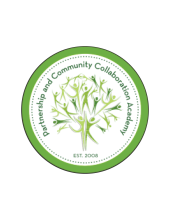
Paperwork Reduction Act of 1995 (Video Series)
This 3-part series from the Partnership and Community Collaboration Academy explains how and why Federal Agency employees comply with the Paperwork Reduction Act.

EPA.gov NEPA
This website provides descriptions of the NEPA process and the EPA's role in NEPA, EIS filing guidance, links to EPA regional contacts, and a searchable database of EISs received by the EPA since October 2012

Federal Advisory Committee Act (FACA)
Watch this video from the Partnership and Community Collaboration Academy to learn about the use and management of FACA committees and their role in advising federal agencies.

Identifying and Engaging Stakeholders (Podcast)
Who are stakeholders? Why do you need to know? This podcast discusses the importance of and tools for stakeholder identification and engagement.
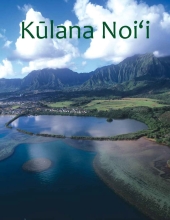
Kūlana Noi‘i
The Kūlana Noi‘i (research standards) provide guidance for building and sustaining not just working partnerships, but long-term relationships between communities and researchers.

Partnership and Community Collaboration Academy
The Partnership and Community Collaboration Academy's video series on collaboration skills, partnership skills, partnership concepts, and evaluation practices.
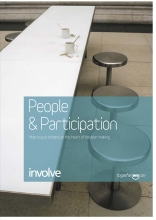
People & Participation
This guide is designed to help people understand more about the practical workings of participation. It also provides new frameworks for assessing different participation methods.

Situation Analysis using Open Standards
This resource provides a series of presentations from the Conservation Coaches Network that outline the key components of situation analysis in the context of Open Standards and the utility of conceptual models to effectively visualize the situation, including threats, conservation targets, and stakeholders who influence threats and opportunities.

Situation Assessments
The purpose of this webinar was to build a shared understanding of what an external collaboration and conflict resolution (ECCR) situation/conflict assessment is, and how-when-for what it can be used.

Techniques for Facilitating Virtual Meetings
Planning a virtual meeting? This document will walk you through strategies that work well and help you attain your meeting objectives. Leading an effective meeting is both an art and a science.

The Delphi method
This 2009 article from The Psychologist magazine provides an overview of the Dephi method along with a step-by-step guide for how to design and carry out a Delphi process.

The Engagement Planning Workbook
This workbook provides a step-by-step process for developing an engagement plan. It is the second of three documents produced by The Community Engagement Network under the Victorian Government Department of Sustainability and Environment in Australia to provide the necessary information and resources for community engagement.
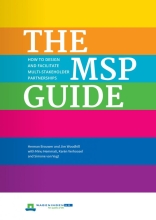
The MSP Guide
This guide is for anyone interested in Multi-stakeholder Partnerships (MSPs) and how to make them more effective. It is particularly addressed to anyone responsible for setting up, leading, or facilitating an MSP but will be equally useful for those involved in commissioning, funding, or managing an MSP, and even for those who would just like to know what MSPs are about.
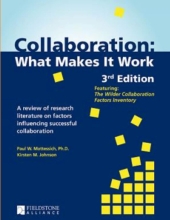
The Wilder Collaboration Factors Inventory
A free tool to assess how your collaboration is doing based on research-tested success factors.

Tools of Engagement
Core planning steps for engaging people in conservation and planning tools that can help individuals and groups work through the steps in the planning process.
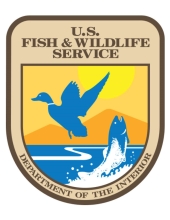
Tribal Consultation Handbook
This guide has been prepared as a tool for Service employees to effectively communicate on a government-to-government basis with tribal governments.
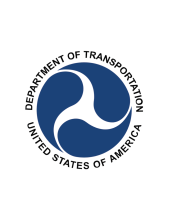
U.S. Department of Transportation Public Involvement Techniques
This guide covers a variety of public involvement techniques and references some case studies.

U.S. EPA Public Participation Guide: Form-Based Tools
Form-based tools are tools that require participants to complete a form – whether in hard-copy (paper) or on the web – to respond to specific questions, register general comments about particular issues, evaluate various options, or rank order preferences. This resource describes two types of forms to consider -- those that generate qualitative and quantitative responses.
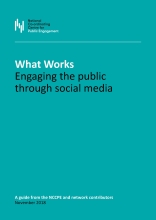
What Works: Engaging the Public through Social Media
This guide from the National Coordinating Centre for Public Engagement describes the purpose and people of quality engagement; provides guidance on choosing the right tools and what makes shareable content; and offers insights into evaluation and impact.

What's the FACA? Federal Advisory Committee Act
This succinct yet informative blog post from the Partnership and Community Collaboration Academy provides an overview of what you need to know about the Federal Advisory Committee Act (FACA).
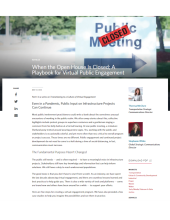
When the Open House is Closed: A Playbook for Virtual Public Engagement
A guide to the virtual public involvement process for infrastructure projects, but lessons can be applied to a wide variety of situations and projects.